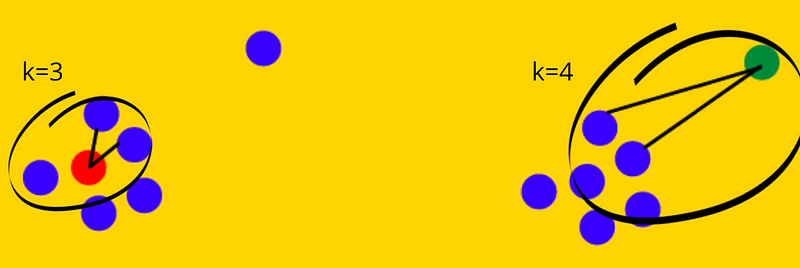Outlier Detection in Data Science: Techniques and Use Cases
Outlier detection is a critical step in the data science process. Outliers are data points that diverge significantly from the rest of the…

Outlier detection is a critical step in the data science process. Outliers are data points that diverge significantly from the rest of the data, and their presence can skew or misleading analyses. Detecting and managing these anomalies is essential for accurate and reliable modelling.
Let's explore the concept of outlier detection, common techniques used in data science, and some use cases.
What is Outlier Detection?
In data science, outlier detection refers to identifying data points that are distant from most observations in a given dataset.
These outliers can arise from data collection, measurement, or recording errors or represent genuine extreme values that warrant further investigation.
Outliers can negatively affect the performance and accuracy of statistical models and machine learning algorithms, making it essential to address them before analysis.
Detection Techniques
There are numerous techniques for detecting outliers in data science. Some of the most commonly used methods include:
- Standard Deviation Method: The standard deviation measures a dataset's dispersion. Data points beyond a certain threshold (e.g., two or three standard deviations) from the mean are considered outliers.
- Interquartile Range (IQR) Method: The IQR is the range between the first quartile (25th percentile) and the third quartile (75th percentile) of the data. Data points that fall below the first quartile minus 1.5 times the IQR or above the third quartile plus 1.5 times the IQR are considered outliers.
- Z-Score Method: The Z-score measures a data point's distance from the mean regarding standard deviations. A high absolute Z-score (e.g., greater than 2 or 3) indicates an outlier.
- Tukey's Fences: Similar to the IQR method, Tukey's fences define outliers as data points outside the range of the first quartile minus 1.5 times the IQR and the third quartile plus 1.5 times the IQR. However, Tukey's fences also include an additional threshold for extreme outliers, defined as data points outside the range of the first quartile minus three times the IQR and the third quartile plus three times the IQR.
- Isolation Forest: This tree-based algorithm isolates data points by randomly selecting features and splitting the dataset. Outliers are easier to isolate and require fewer splits, leading to shorter path lengths. Data points with shorter average path lengths are considered outliers.
- Local Outlier Factor (LOF): This method compares the density of a data point's neighbourhood to the thickness of its neighbours. Data points with a significantly lower local density than neighbours are considered outliers.
Use Cases
Outlier detection is essential across various industries and domains. Some prominent use cases include:
- Fraud Detection: Identifying unusual patterns in financial transactions can help detect fraudulent activities, such as credit card fraud or insider trading.
- Quality Control: In manufacturing, identifying outliers in product measurements can help pinpoint defects and improve overall product quality.
- Network Security: Detecting anomalous network traffic can help identify security breaches or cyberattacks.
- Healthcare: Identifying outliers in patients’ data can lead to early detection of diseases or other medical conditions.
- Customer Relationship Management: Detecting unusual patterns in customer behaviour can help identify potential issues or opportunities for upselling and cross-selling.
Outlier detection is a crucial aspect of data science, allowing data scientists to identify and address anomalies in the data and improve overall decision-making across various use cases.
Follow me on Medium, LinkedIn, and Twitter.
All the best,
Luis Soares
CTO | Head of Engineering | Cyber Security | Blockchain Engineer | NFT | Web3 | DeFi | Fintech SME
#data #datascience #analytics #bigdata #softwareengineering #softwaredevelopment #coding #software



